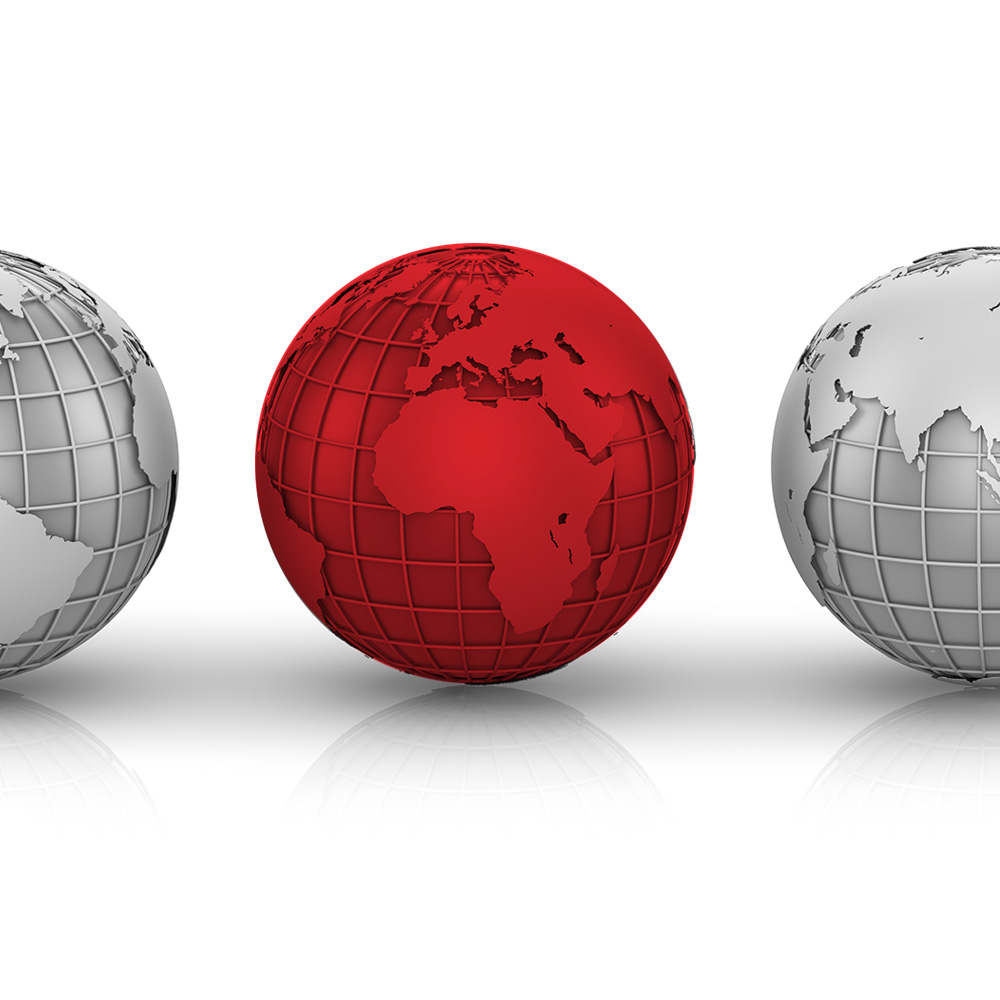
Our sister company, Orbis, looks at how mid-cap stocks can be a fertile hunting ground for contrarian investors, in this article from 1 November 2023.
A mere seven stocks have accounted for nearly all of the gains in global equity markets this year. Strip out the so-called “Magnificent Seven”—Alphabet, Amazon, Apple, Meta, Microsoft, Nvidia, and Tesla— and the rest of the US stockmarket has been slightly negative. Times like these can be frustrating for those underweight the big winners, and it is all the more painful when those winners seem “obvious”—sitting right there in plain sight.
This is a common pattern that has repeated throughout history. An earlier iteration of the Magnificent Seven was the “FANG” stocks—Facebook, Amazon, Netflix, and the company formerly known as Google. In Emerging Markets, the “BRIC” theme— Brazil, Russia, India, and China—was first floated in a Goldman Sachs report more than 20 years ago. Go back even further to the 1970s and you’ll find the BUNCH companies—Burroughs, Univac, NCR, Control Data, and Honeywell—the forgotten darlings of the mainframe computing era.
Investors have limited capital and limited attention spans, so whenever a small group of stocks becomes dominant, it can be a sign that opportunities are being overlooked elsewhere. Midcap stocks are a great example today. There is no official definition of what qualifies as a midcap stock, but the S&P 400 Midcap index includes companies with market capitalisations ranging from about $5 billion to $15 billion. If we apply that same range to the global universe of stocks, we get about 1,800 potential ideas to choose from—and more like 5,000 if we widen the range to $2-20 billion.
No matter how you slice it, this part of the market is often a fertile hunting ground for contrarian investors. Midcaps are big enough for the Orbis Funds to take meaningful positions, yet are still small enough that they tend to be ignored or misunderstood by other investors. They may have very little to no weight in our benchmarks, bringing something different to the table that a passive approach would miss.
Perhaps most importantly, right now they are substantially cheaper as a group than their larger peers. For example, in the US, the S&P 500 trades at a price-to-earnings multiple of around 18 times, versus only 13 times for the S&P 400 Midcap index. Not only is this valuation gap wide, it is also a striking reversal from much of the past 20 years when midcaps often traded at a premium to their larger cap peers.
Unsurprisingly, we have found more than our share of compelling opportunities in midcaps. Whereas larger companies tend to be household names, our midcaps are an eclectic group, with businesses ranging from Asian supermarket chains to offshore oil drillers. While we research all of them on a bottom-up basis, there are at least a few distinct themes that emerge.
The first theme would be highly idiosyncratic and entrepreneurial businesses. These are companies that started small and grew over time. It is not unusual for the founder to still be involved in some capacity and to have a significant portion of their own wealth invested alongside shareholders. Examples here include XPO, GXO Logistics, and RXO—all of which trace their roots back to a single company founded by a serial entrepreneur, Brad Jacobs, who still serves as chairman of all three companies. Another example is Interactive Brokers, whose founder and chairman, Thomas Peterffy, owns the vast majority of the company.
A second category would be businesses that serve a niche within a given industry. These are often not the biggest players in the sector, but they play a critical role. For example, we own several offshore oil drillers: Noble, Valaris, Transocean, and Borr Drilling. Their combined market capitalisation is less than $20 billion—or about a tenth the size of Shell. We own the latter as well, but it doesn’t mean we can’t find equally compelling ideas towards the other end of the market cap spectrum.
A final category might be termed “local heavyweights”. These are companies that end up in the middle only because the global equity market is so massive. This basket includes AIB and Bank of Ireland, which dominate the Irish banking system. It also includes a group of Korean financials with similarly outsized local influence: Shinhan Financial, Samsung Fire & Marine Insurance, and Hana Financial. Another local heavyweight is Jardine Matheson, which controls businesses across Asia. These companies may be middleweights on the world stage, but they are not middling by any means.
At a time when geopolitical and macroeconomic risks only seem to be intensifying, our midcap holdings provide an important source of diversification. While none of these shares are immune to global stockmarket volatility, the key variables that really matter for these businesses tend to be much more “micro” in nature, usually limited to specific industry or local market developments. Through our intensive research efforts, we can get to know these companies extremely well and develop the conviction to be patient—perhaps even increasing our stake—during uncertain times.
Financial advisers can contact their local Business Development Manager to learn more about the Orbis Global Equity Fund (Australia Registered).
This report does not constitute a recommendation to buy, sell or hold any interests, shares or other securities in the companies mentioned in it nor does it constitute financial advice.


